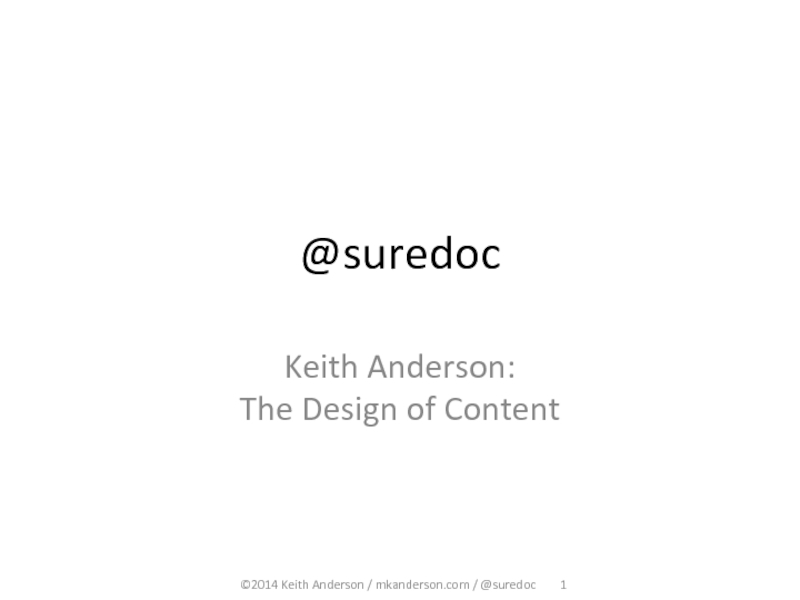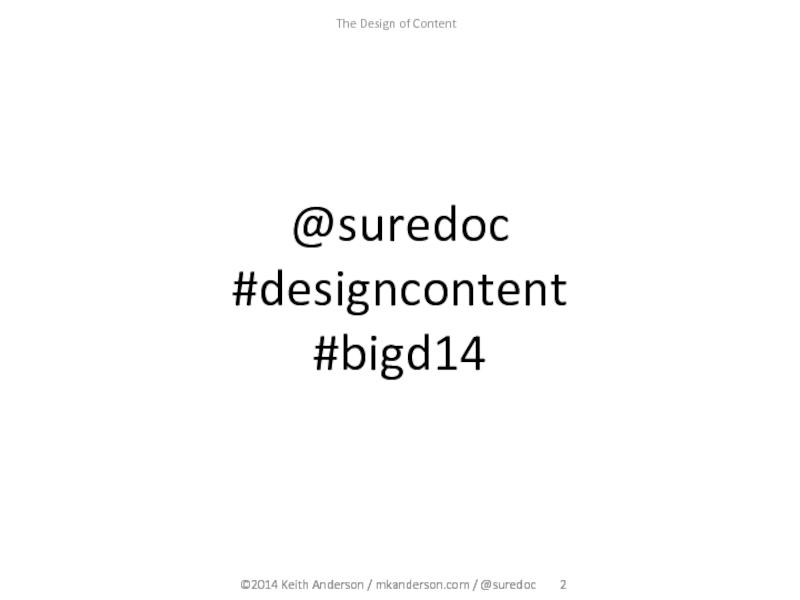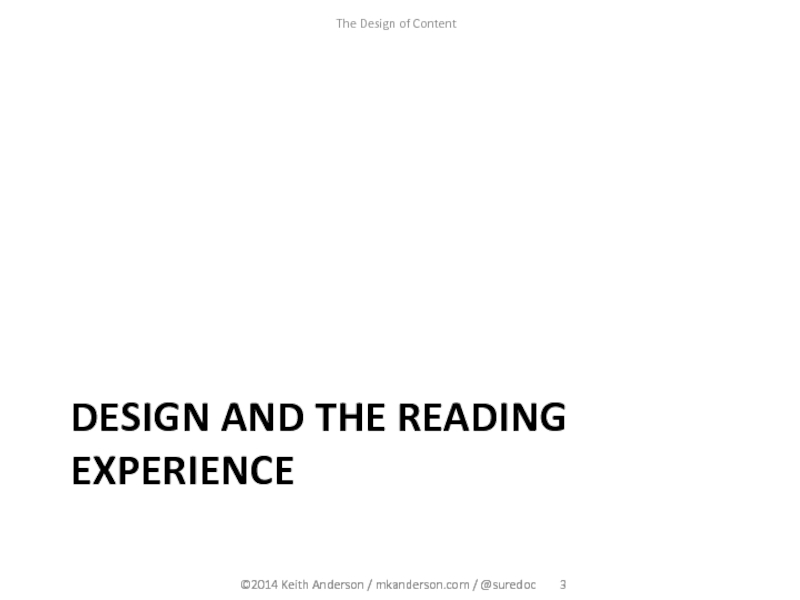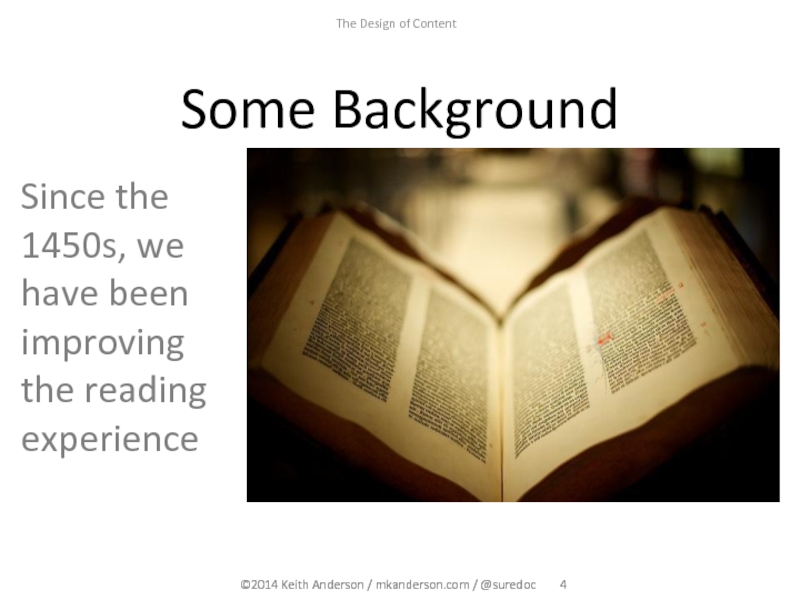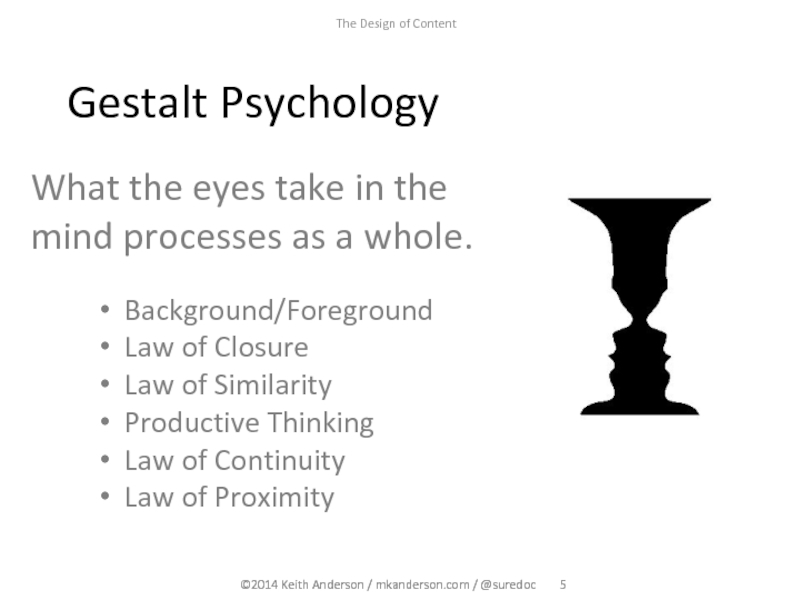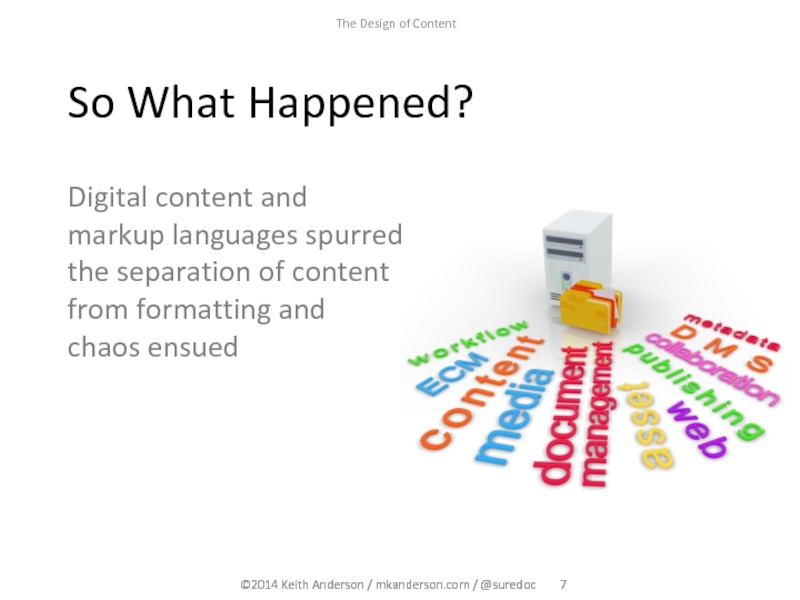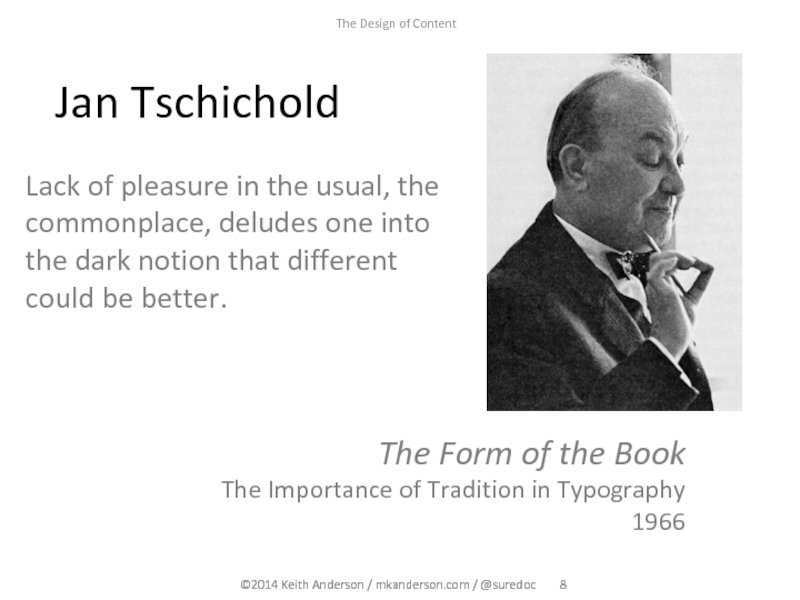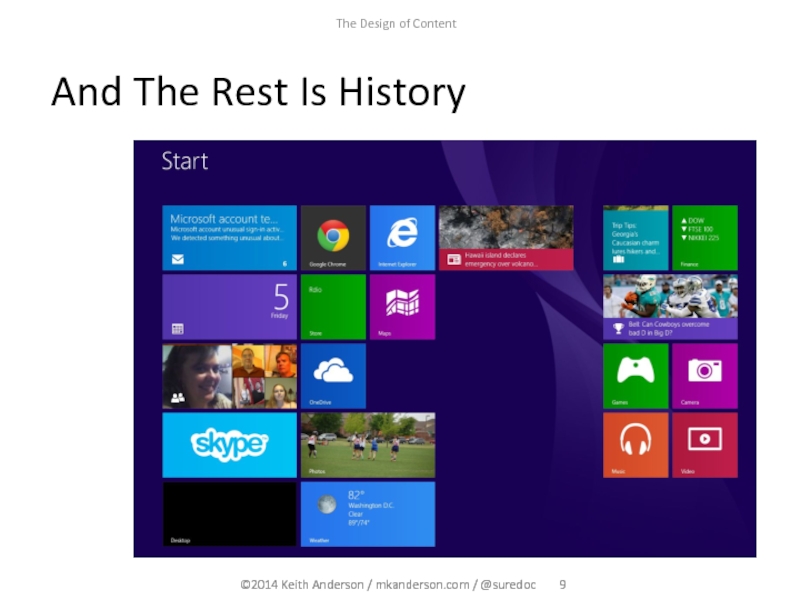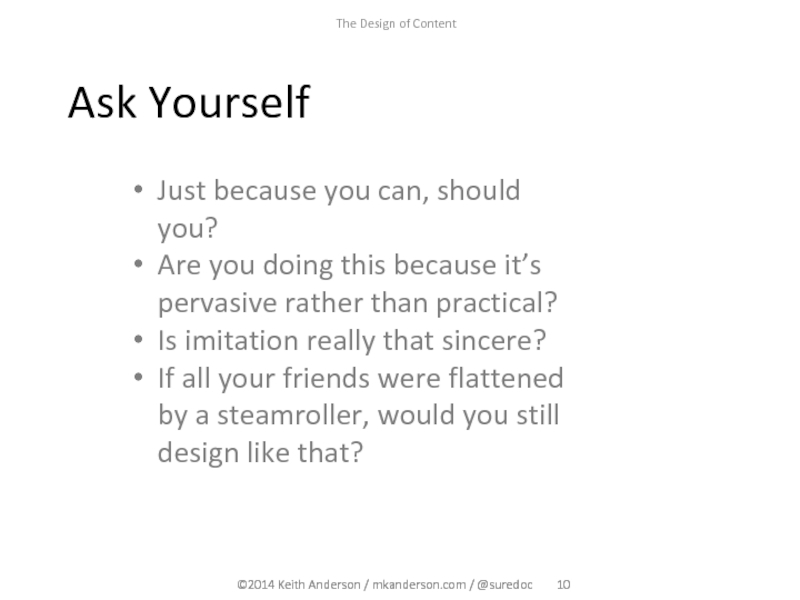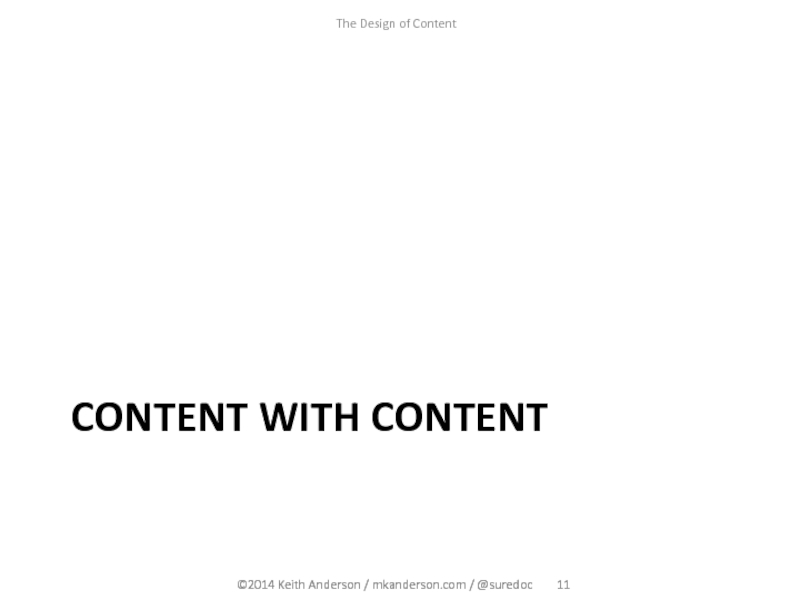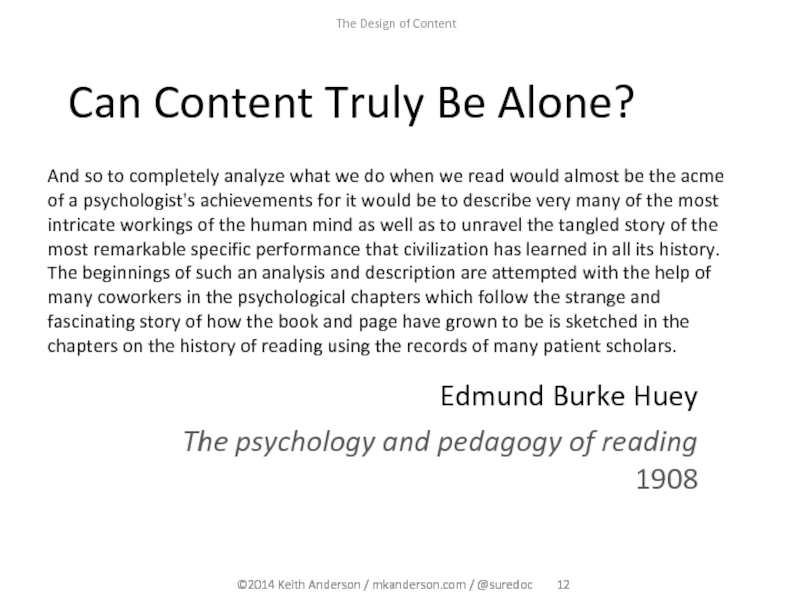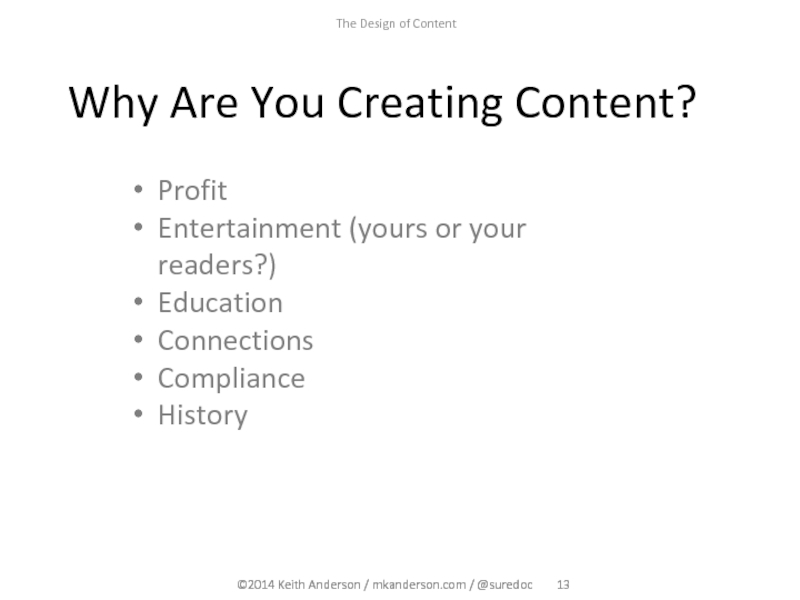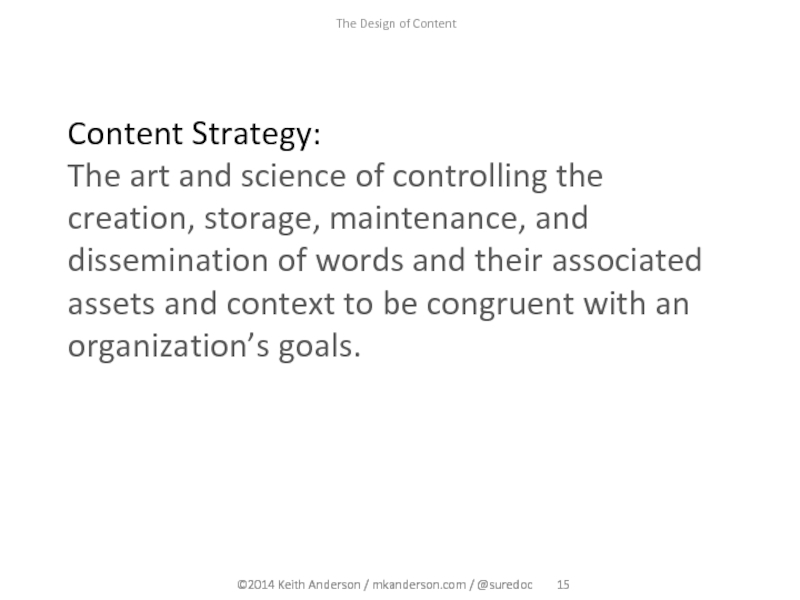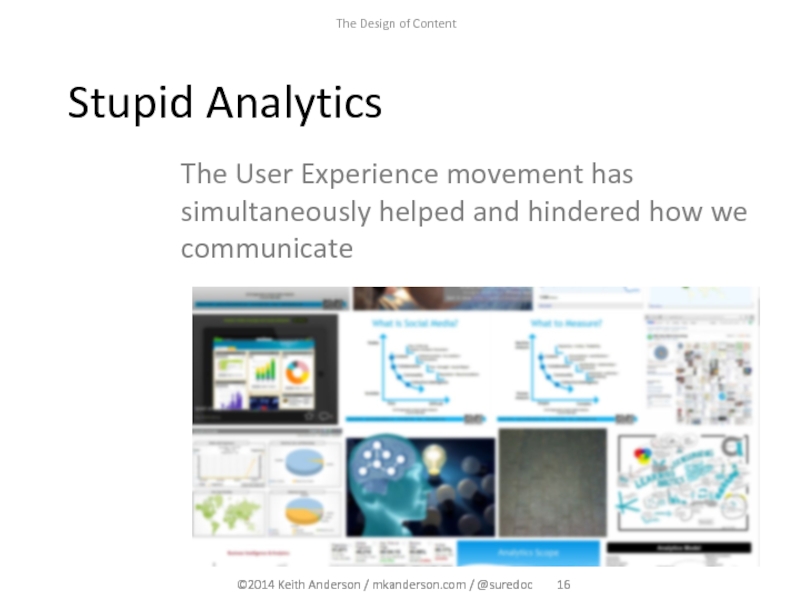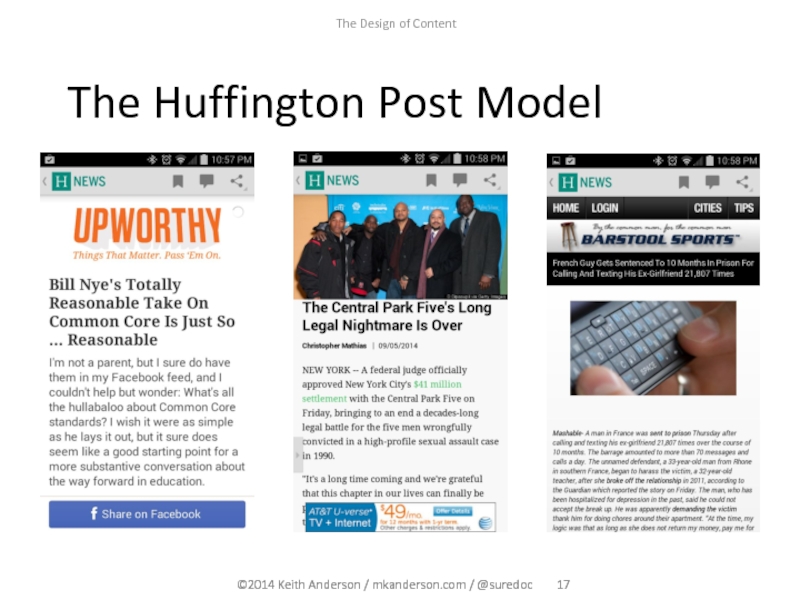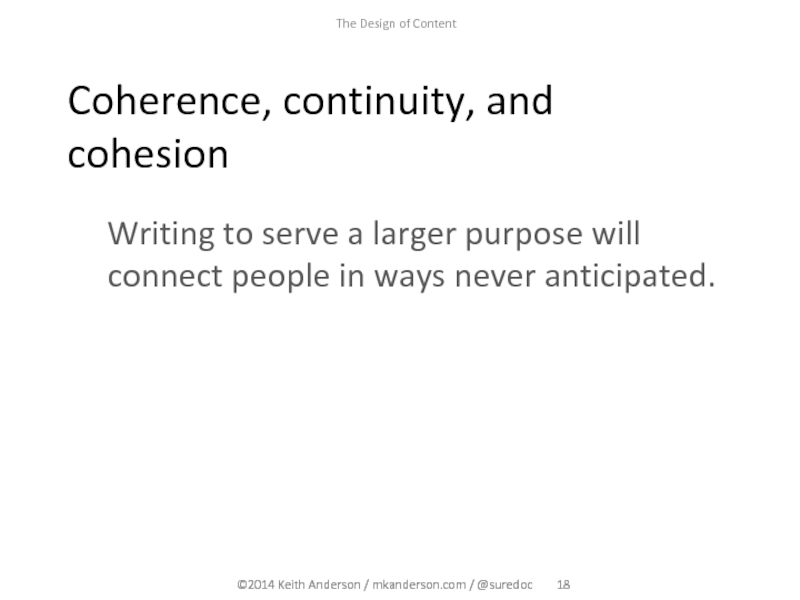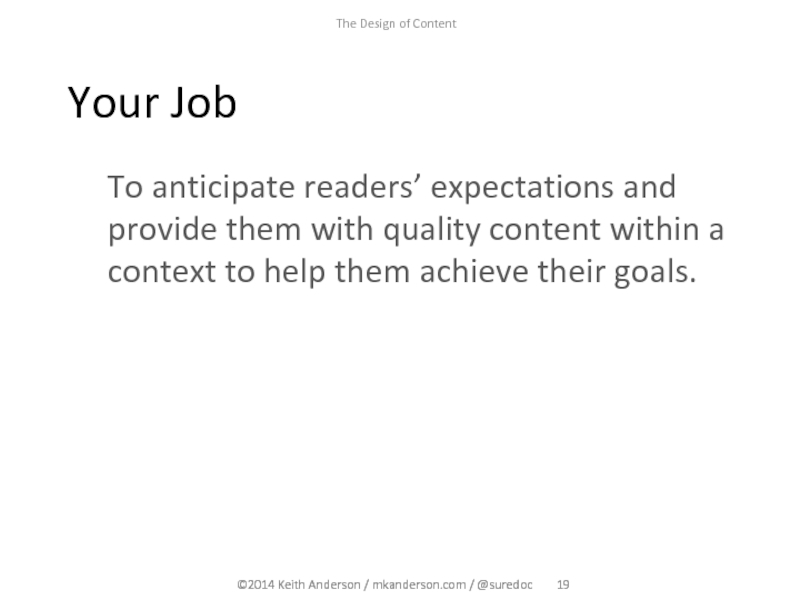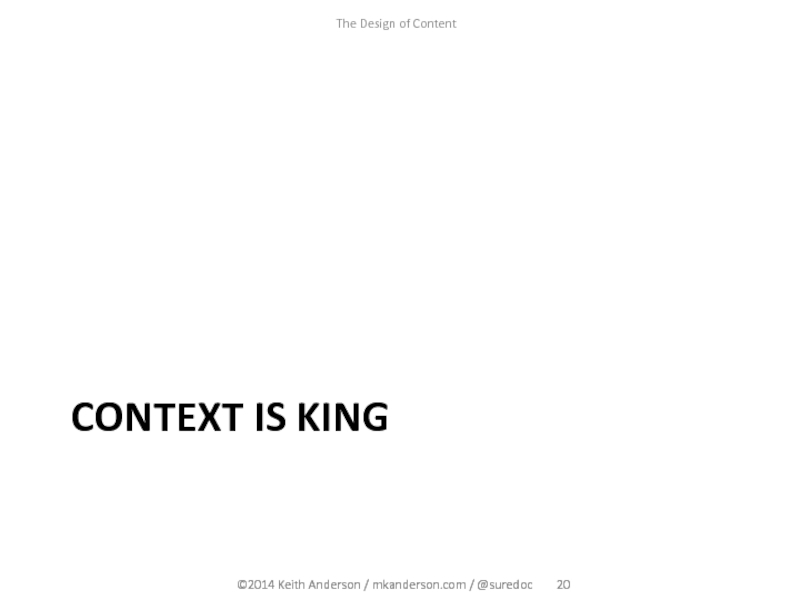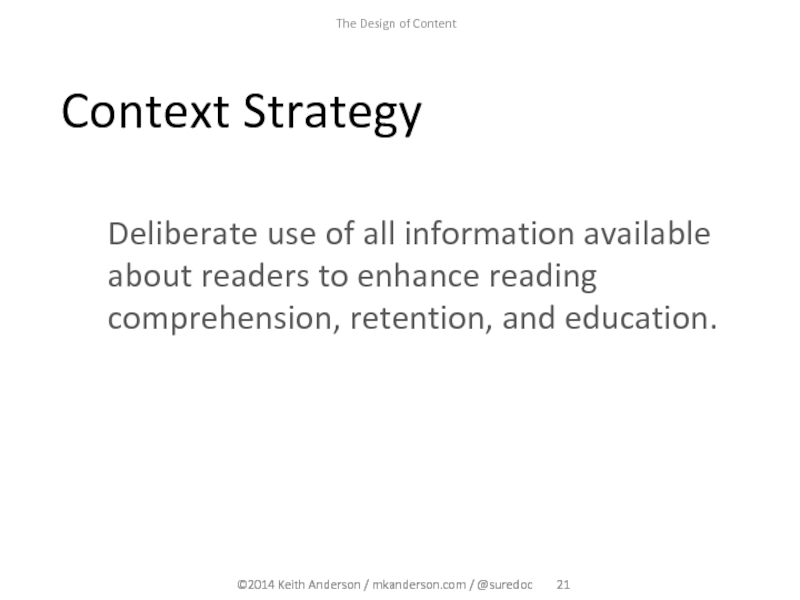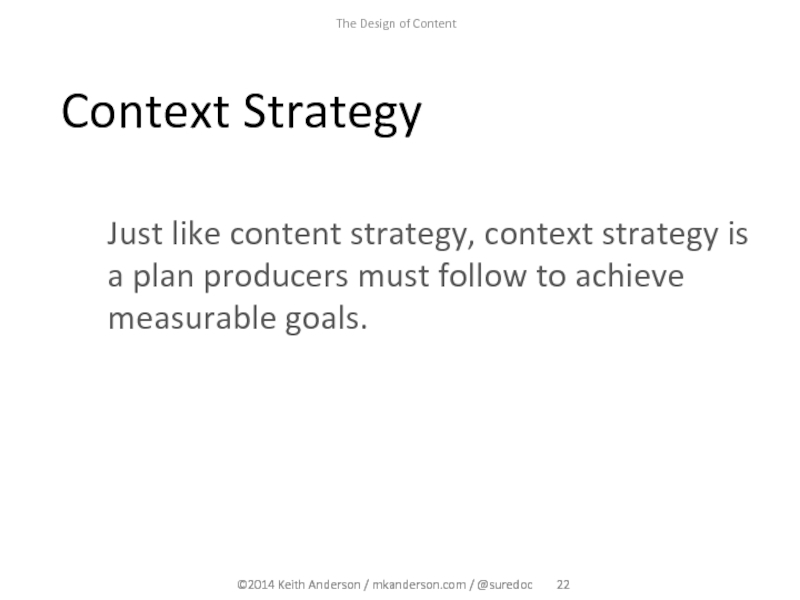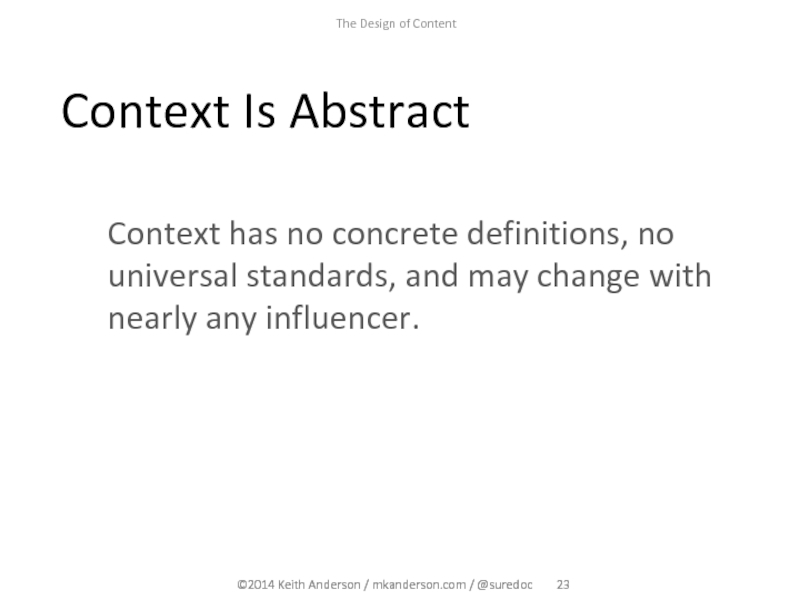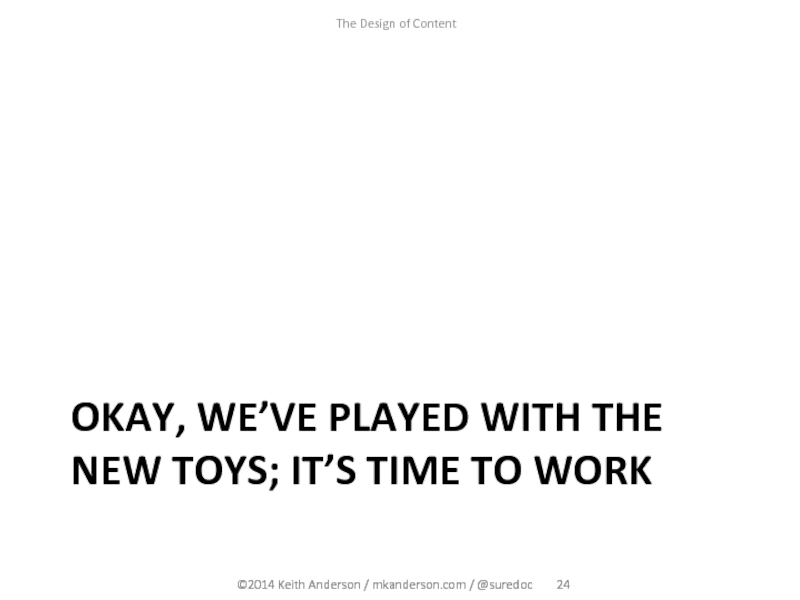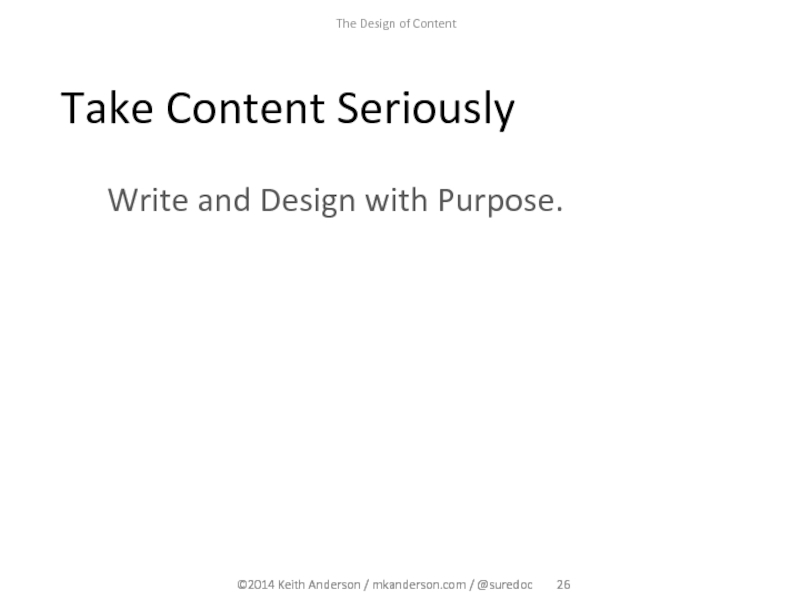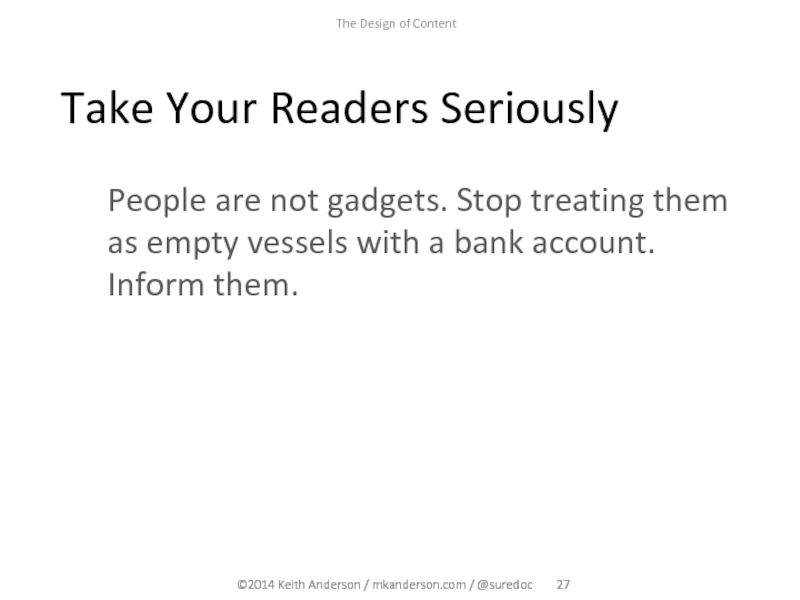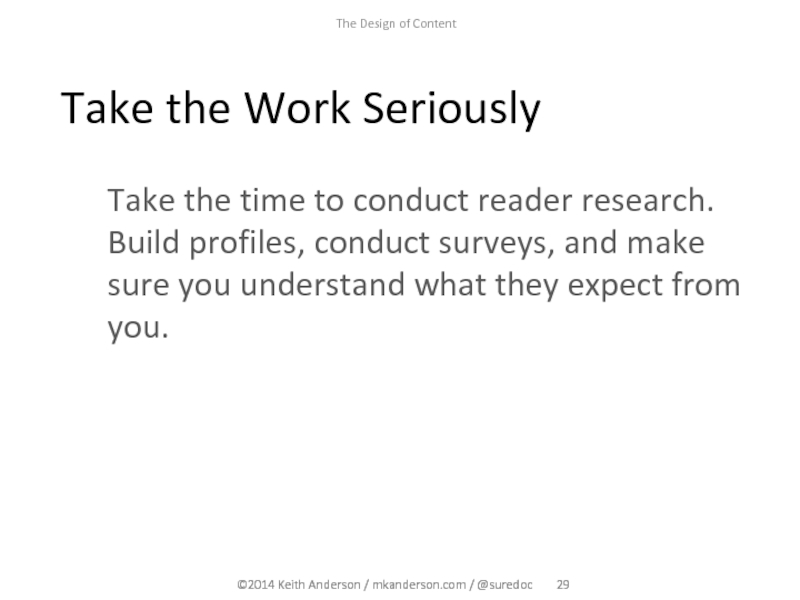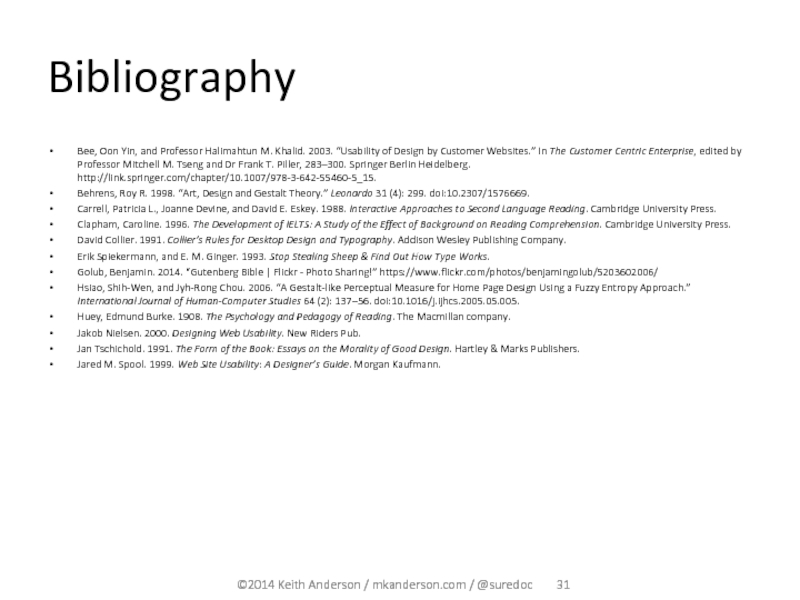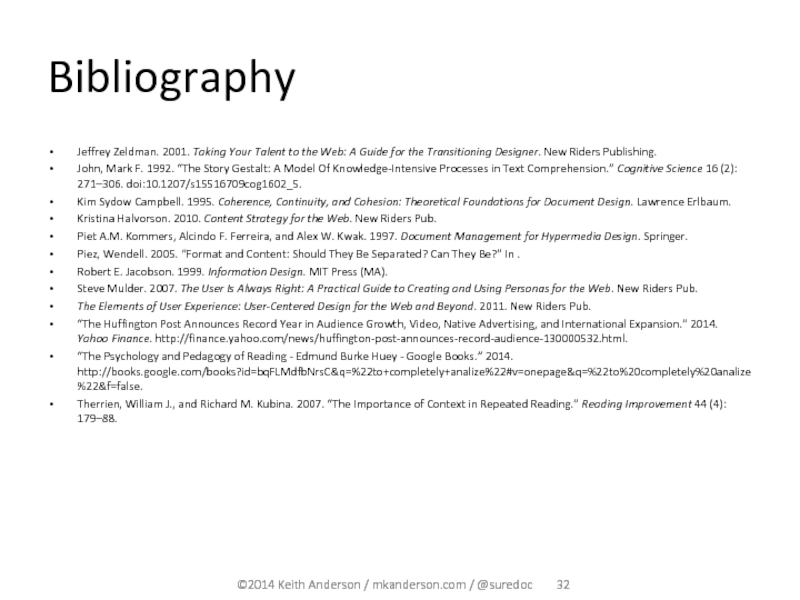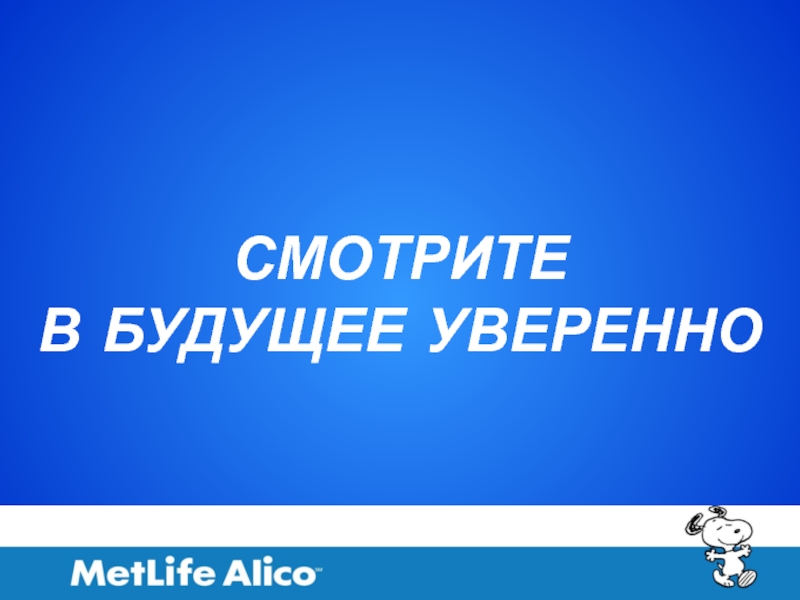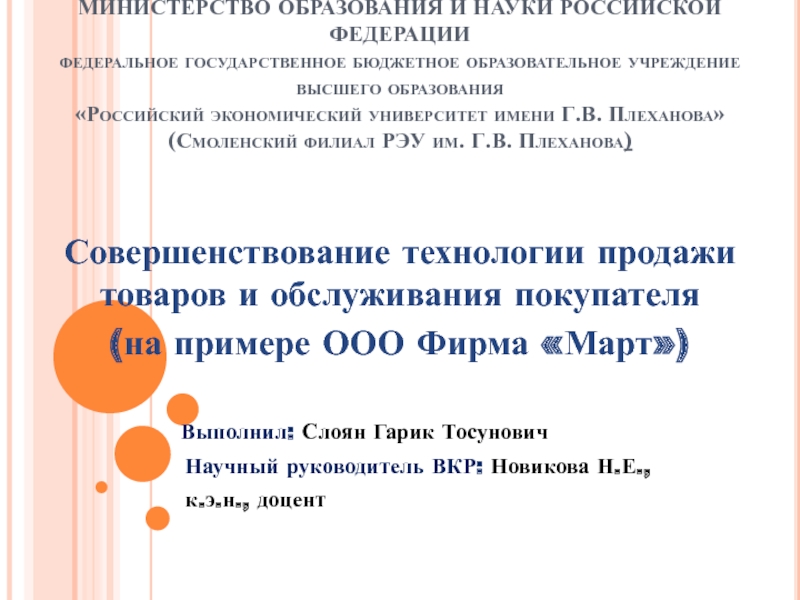- Главная
- Разное
- Дизайн
- Бизнес и предпринимательство
- Аналитика
- Образование
- Развлечения
- Красота и здоровье
- Финансы
- Государство
- Путешествия
- Спорт
- Недвижимость
- Армия
- Графика
- Культурология
- Еда и кулинария
- Лингвистика
- Английский язык
- Астрономия
- Алгебра
- Биология
- География
- Детские презентации
- Информатика
- История
- Литература
- Маркетинг
- Математика
- Медицина
- Менеджмент
- Музыка
- МХК
- Немецкий язык
- ОБЖ
- Обществознание
- Окружающий мир
- Педагогика
- Русский язык
- Технология
- Физика
- Философия
- Химия
- Шаблоны, картинки для презентаций
- Экология
- Экономика
- Юриспруденция
@suredoc презентация
Содержание
- 1. @suredoc
- 2. @suredoc #designcontent #bigd14
- 3. DESIGN AND THE READING EXPERIENCE
- 4. Some Background Since the 1450s, we have been improving the reading experience
- 5. Future Overlords Gestalt Psychology What the eyes
- 6. Jan Tschichold The Form of the Book
- 7. So What Happened? Digital content and markup
- 8. Jan Tschichold The Form of the Book
- 9. And The Rest Is History
- 10. Ask Yourself Just because you can, should
- 11. CONTENT WITH CONTENT
- 12. Can Content Truly Be Alone? Edmund Burke
- 13. Why Are You Creating Content? Profit Entertainment
- 14. Why Do You Have Readers? Product Support
- 15. Content Strategy: The art and science of
- 16. Stupid Analytics The User Experience movement has simultaneously helped and hindered how we communicate
- 17. The Huffington Post Model
- 18. Coherence, continuity, and cohesion Writing to serve
- 19. Your Job To anticipate readers’ expectations and
- 20. CONTEXT IS KING
- 21. Context Strategy Deliberate use of all information
- 22. Context Strategy Just like content strategy, context
- 23. Context Is Abstract Context has no concrete
- 24. OKAY, WE’VE PLAYED WITH THE NEW TOYS; IT’S TIME TO WORK
- 25. Information Interaction Design The intersection of three
- 26. Take Content Seriously Write and Design with Purpose.
- 27. Take Your Readers Seriously People are not
- 28. Take Writing Seriously Employ your knowledge of
- 29. Take the Work Seriously Take the time
- 30. Questions? @suredoc
- 31. Bibliography Bee, Oon Yin, and Professor Halimahtun
- 32. Bibliography Jeffrey Zeldman. 2001. Taking Your Talent
Слайд 5Future Overlords
Gestalt Psychology
What the eyes take in the mind processes as
a whole.
Background/Foreground
Law of Closure
Law of Similarity
Productive Thinking
Law of Continuity
Law of Proximity
Слайд 6Jan Tschichold
The Form of the Book
The Importance of Tradition in Typography
1966
The
form of our letters, the older handwriting, and inscriptions, as much as the cuttings in use today, reflects a convention that has slowly solidified, an agreement hardened in many battles.
Слайд 7So What Happened?
Digital content and markup languages spurred the separation of
content from formatting and chaos ensued
Слайд 8Jan Tschichold
The Form of the Book
The Importance of Tradition in Typography
1966
Lack
of pleasure in the usual, the commonplace, deludes one into the dark notion that different could be better.
Слайд 10Ask Yourself
Just because you can, should you?
Are you doing this because
it’s pervasive rather than practical?
Is imitation really that sincere?
If all your friends were flattened by a steamroller, would you still design like that?
Is imitation really that sincere?
If all your friends were flattened by a steamroller, would you still design like that?
Слайд 12Can Content Truly Be Alone?
Edmund Burke Huey
And so to completely analyze
what we do when we read would almost be the acme of a psychologist's achievements for it would be to describe very many of the most intricate workings of the human mind as well as to unravel the tangled story of the most remarkable specific performance that civilization has learned in all its history. The beginnings of such an analysis and description are attempted with the help of many coworkers in the psychological chapters which follow the strange and fascinating story of how the book and page have grown to be is sketched in the chapters on the history of reading using the records of many patient scholars.
The psychology and pedagogy of reading
1908
Слайд 13Why Are You Creating Content?
Profit
Entertainment (yours or your readers?)
Education
Connections
Compliance
History
Слайд 14Why Do You Have Readers?
Product Support
Information Seeking
They Want Connections
Discourse Communities
You Are
Unique
Fact Checking
You Don’t Really Know
Fact Checking
You Don’t Really Know
Слайд 15Content Strategy:
The art and science of controlling the creation, storage, maintenance,
and dissemination of words and their associated assets and context to be congruent with an organization’s goals.
Слайд 16Stupid Analytics
The User Experience movement has simultaneously helped and hindered how
we communicate
Слайд 18Coherence, continuity, and cohesion
Writing to serve a larger purpose will connect
people in ways never anticipated.
Слайд 19Your Job
To anticipate readers’ expectations and provide them with quality content
within a context to help them achieve their goals.
Слайд 21Context Strategy
Deliberate use of all information available about readers to enhance
reading comprehension, retention, and education.
Слайд 22Context Strategy
Just like content strategy, context strategy is a plan producers
must follow to achieve measurable goals.
Слайд 23Context Is Abstract
Context has no concrete definitions, no universal standards, and
may change with nearly any influencer.
Слайд 25Information Interaction Design
The intersection of three different disciplines:
Information Design
Interactive Design
Sensorial Design
If
done well, these disciplines can help us create context consistently.
Слайд 27Take Your Readers Seriously
People are not gadgets. Stop treating them as
empty vessels with a bank account. Inform them.
Слайд 28Take Writing Seriously
Employ your knowledge of a long and amazing history
of human communication. Build on that proud tradition. The more seriously you take content, they more seriously your readers will take you and your message.
Слайд 29Take the Work Seriously
Take the time to conduct reader research. Build
profiles, conduct surveys, and make sure you understand what they expect from you.
Слайд 31Bibliography
Bee, Oon Yin, and Professor Halimahtun M. Khalid. 2003. “Usability of
Design by Customer Websites.” In The Customer Centric Enterprise, edited by Professor Mitchell M. Tseng and Dr Frank T. Piller, 283–300. Springer Berlin Heidelberg. http://link.springer.com/chapter/10.1007/978-3-642-55460-5_15.
Behrens, Roy R. 1998. “Art, Design and Gestalt Theory.” Leonardo 31 (4): 299. doi:10.2307/1576669.
Carrell, Patricia L., Joanne Devine, and David E. Eskey. 1988. Interactive Approaches to Second Language Reading. Cambridge University Press.
Clapham, Caroline. 1996. The Development of IELTS: A Study of the Effect of Background on Reading Comprehension. Cambridge University Press.
David Collier. 1991. Collier’s Rules for Desktop Design and Typography. Addison Wesley Publishing Company.
Erik Spiekermann, and E. M. Ginger. 1993. Stop Stealing Sheep & Find Out How Type Works.
Golub, Benjamin. 2014. “Gutenberg Bible | Flickr - Photo Sharing!” https://www.flickr.com/photos/benjamingolub/5203602006/
Hsiao, Shih-Wen, and Jyh-Rong Chou. 2006. “A Gestalt-like Perceptual Measure for Home Page Design Using a Fuzzy Entropy Approach.” International Journal of Human-Computer Studies 64 (2): 137–56. doi:10.1016/j.ijhcs.2005.05.005.
Huey, Edmund Burke. 1908. The Psychology and Pedagogy of Reading. The Macmillan company.
Jakob Nielsen. 2000. Designing Web Usability. New Riders Pub.
Jan Tschichold. 1991. The Form of the Book: Essays on the Morality of Good Design. Hartley & Marks Publishers.
Jared M. Spool. 1999. Web Site Usability: A Designer’s Guide. Morgan Kaufmann.
Behrens, Roy R. 1998. “Art, Design and Gestalt Theory.” Leonardo 31 (4): 299. doi:10.2307/1576669.
Carrell, Patricia L., Joanne Devine, and David E. Eskey. 1988. Interactive Approaches to Second Language Reading. Cambridge University Press.
Clapham, Caroline. 1996. The Development of IELTS: A Study of the Effect of Background on Reading Comprehension. Cambridge University Press.
David Collier. 1991. Collier’s Rules for Desktop Design and Typography. Addison Wesley Publishing Company.
Erik Spiekermann, and E. M. Ginger. 1993. Stop Stealing Sheep & Find Out How Type Works.
Golub, Benjamin. 2014. “Gutenberg Bible | Flickr - Photo Sharing!” https://www.flickr.com/photos/benjamingolub/5203602006/
Hsiao, Shih-Wen, and Jyh-Rong Chou. 2006. “A Gestalt-like Perceptual Measure for Home Page Design Using a Fuzzy Entropy Approach.” International Journal of Human-Computer Studies 64 (2): 137–56. doi:10.1016/j.ijhcs.2005.05.005.
Huey, Edmund Burke. 1908. The Psychology and Pedagogy of Reading. The Macmillan company.
Jakob Nielsen. 2000. Designing Web Usability. New Riders Pub.
Jan Tschichold. 1991. The Form of the Book: Essays on the Morality of Good Design. Hartley & Marks Publishers.
Jared M. Spool. 1999. Web Site Usability: A Designer’s Guide. Morgan Kaufmann.
Слайд 32Bibliography
Jeffrey Zeldman. 2001. Taking Your Talent to the Web: A Guide
for the Transitioning Designer. New Riders Publishing.
John, Mark F. 1992. “The Story Gestalt: A Model Of Knowledge-Intensive Processes in Text Comprehension.” Cognitive Science 16 (2): 271–306. doi:10.1207/s15516709cog1602_5.
Kim Sydow Campbell. 1995. Coherence, Continuity, and Cohesion: Theoretical Foundations for Document Design. Lawrence Erlbaum.
Kristina Halvorson. 2010. Content Strategy for the Web. New Riders Pub.
Piet A.M. Kommers, Alcindo F. Ferreira, and Alex W. Kwak. 1997. Document Management for Hypermedia Design. Springer.
Piez, Wendell. 2005. “Format and Content: Should They Be Separated? Can They Be?” In .
Robert E. Jacobson. 1999. Information Design. MIT Press (MA).
Steve Mulder. 2007. The User Is Always Right: A Practical Guide to Creating and Using Personas for the Web. New Riders Pub.
The Elements of User Experience: User-Centered Design for the Web and Beyond. 2011. New Riders Pub.
“The Huffington Post Announces Record Year in Audience Growth, Video, Native Advertising, and International Expansion.” 2014. Yahoo Finance. http://finance.yahoo.com/news/huffington-post-announces-record-audience-130000532.html.
“The Psychology and Pedagogy of Reading - Edmund Burke Huey - Google Books.” 2014. http://books.google.com/books?id=bqFLMdfbNrsC&q=%22to+completely+analize%22#v=onepage&q=%22to%20completely%20analize%22&f=false.
Therrien, William J., and Richard M. Kubina. 2007. “The Importance of Context in Repeated Reading.” Reading Improvement 44 (4): 179–88.
John, Mark F. 1992. “The Story Gestalt: A Model Of Knowledge-Intensive Processes in Text Comprehension.” Cognitive Science 16 (2): 271–306. doi:10.1207/s15516709cog1602_5.
Kim Sydow Campbell. 1995. Coherence, Continuity, and Cohesion: Theoretical Foundations for Document Design. Lawrence Erlbaum.
Kristina Halvorson. 2010. Content Strategy for the Web. New Riders Pub.
Piet A.M. Kommers, Alcindo F. Ferreira, and Alex W. Kwak. 1997. Document Management for Hypermedia Design. Springer.
Piez, Wendell. 2005. “Format and Content: Should They Be Separated? Can They Be?” In .
Robert E. Jacobson. 1999. Information Design. MIT Press (MA).
Steve Mulder. 2007. The User Is Always Right: A Practical Guide to Creating and Using Personas for the Web. New Riders Pub.
The Elements of User Experience: User-Centered Design for the Web and Beyond. 2011. New Riders Pub.
“The Huffington Post Announces Record Year in Audience Growth, Video, Native Advertising, and International Expansion.” 2014. Yahoo Finance. http://finance.yahoo.com/news/huffington-post-announces-record-audience-130000532.html.
“The Psychology and Pedagogy of Reading - Edmund Burke Huey - Google Books.” 2014. http://books.google.com/books?id=bqFLMdfbNrsC&q=%22to+completely+analize%22#v=onepage&q=%22to%20completely%20analize%22&f=false.
Therrien, William J., and Richard M. Kubina. 2007. “The Importance of Context in Repeated Reading.” Reading Improvement 44 (4): 179–88.
